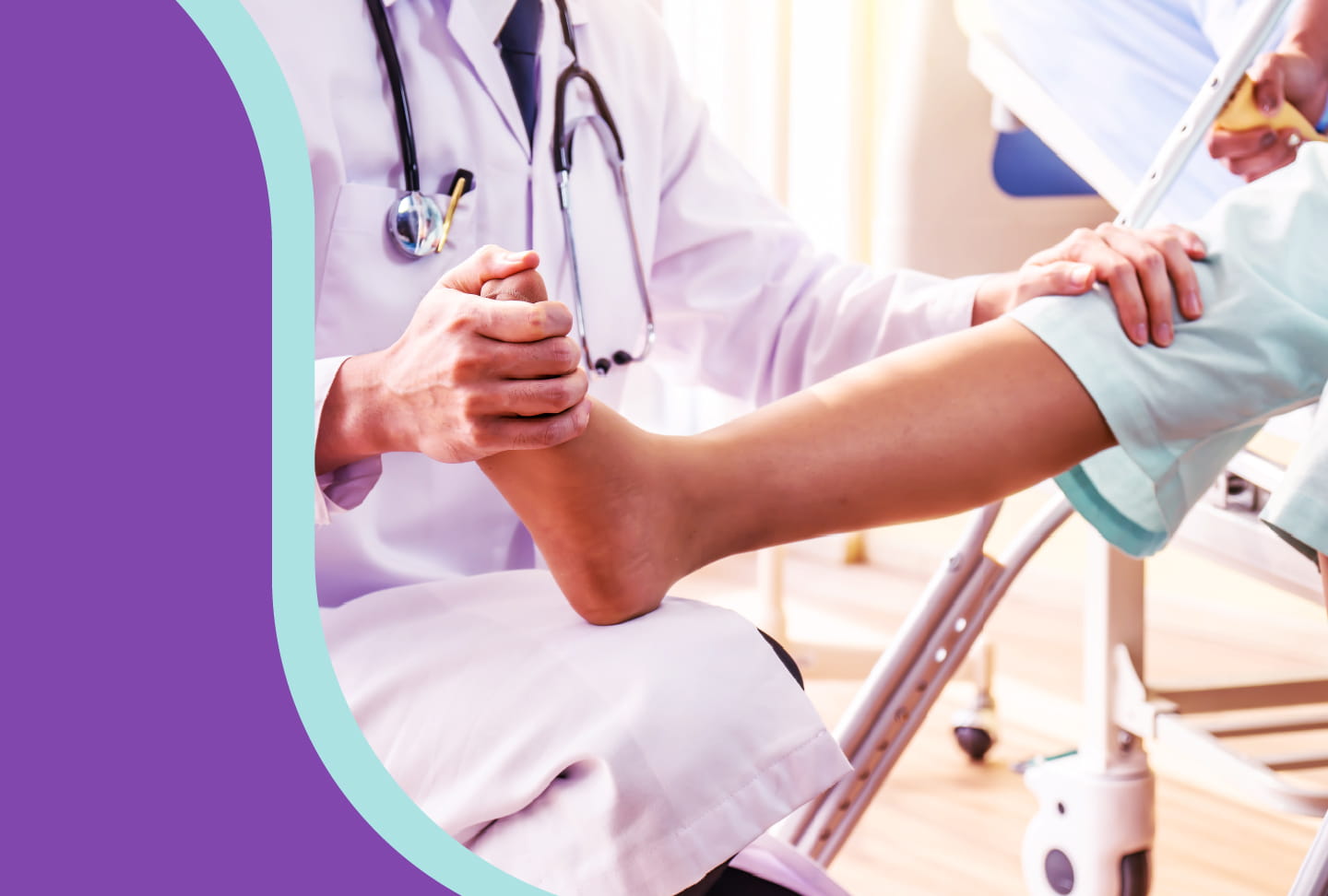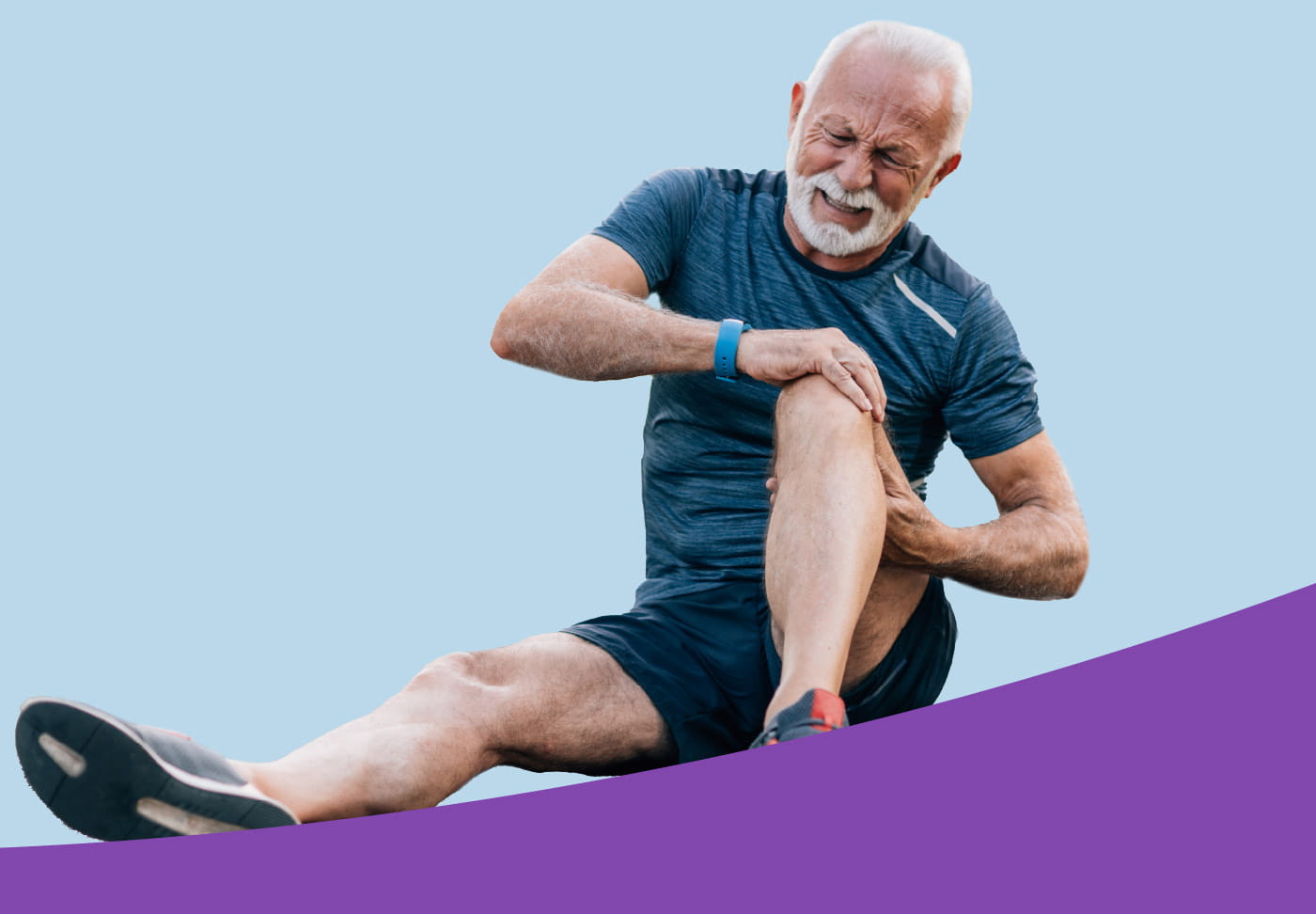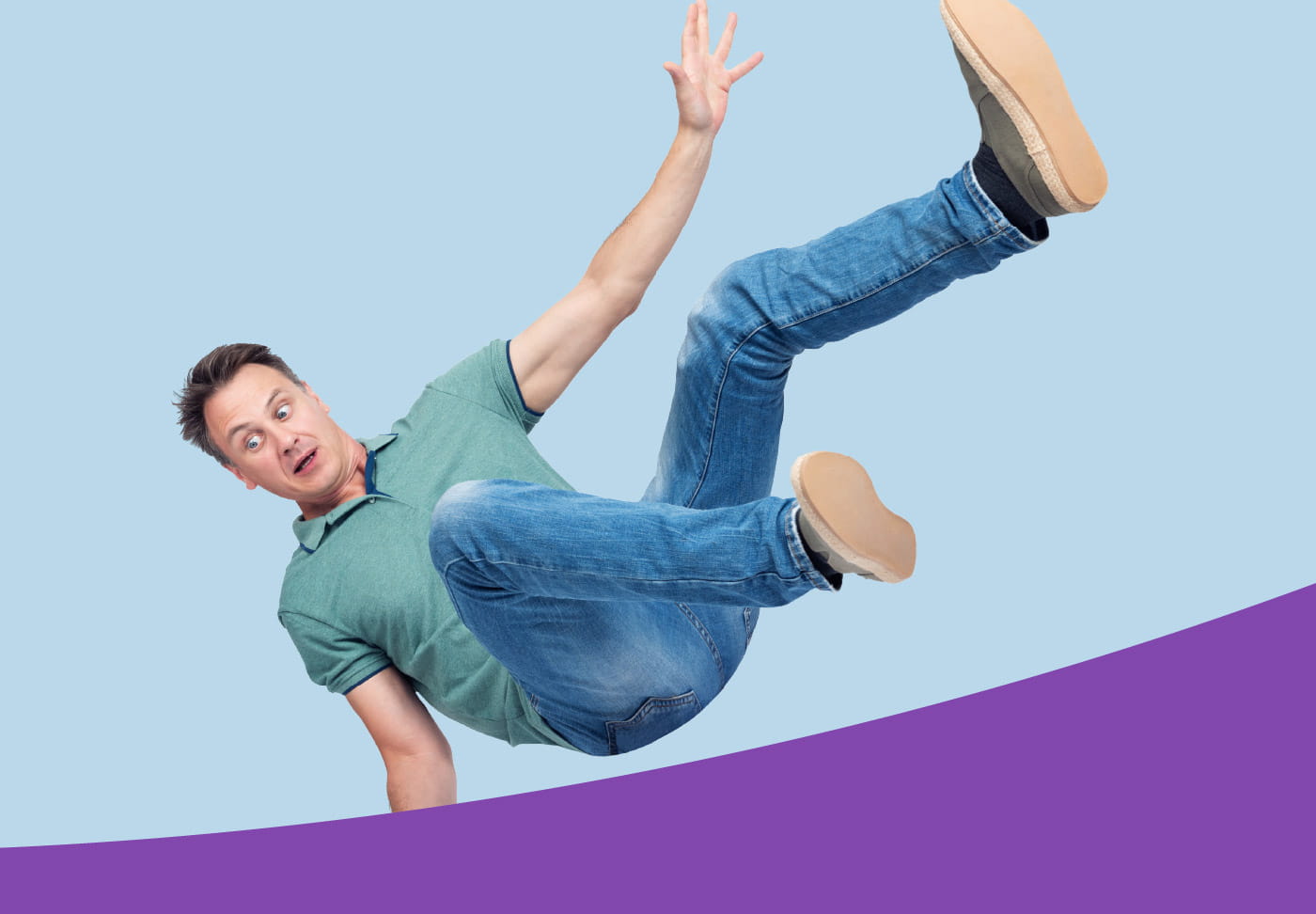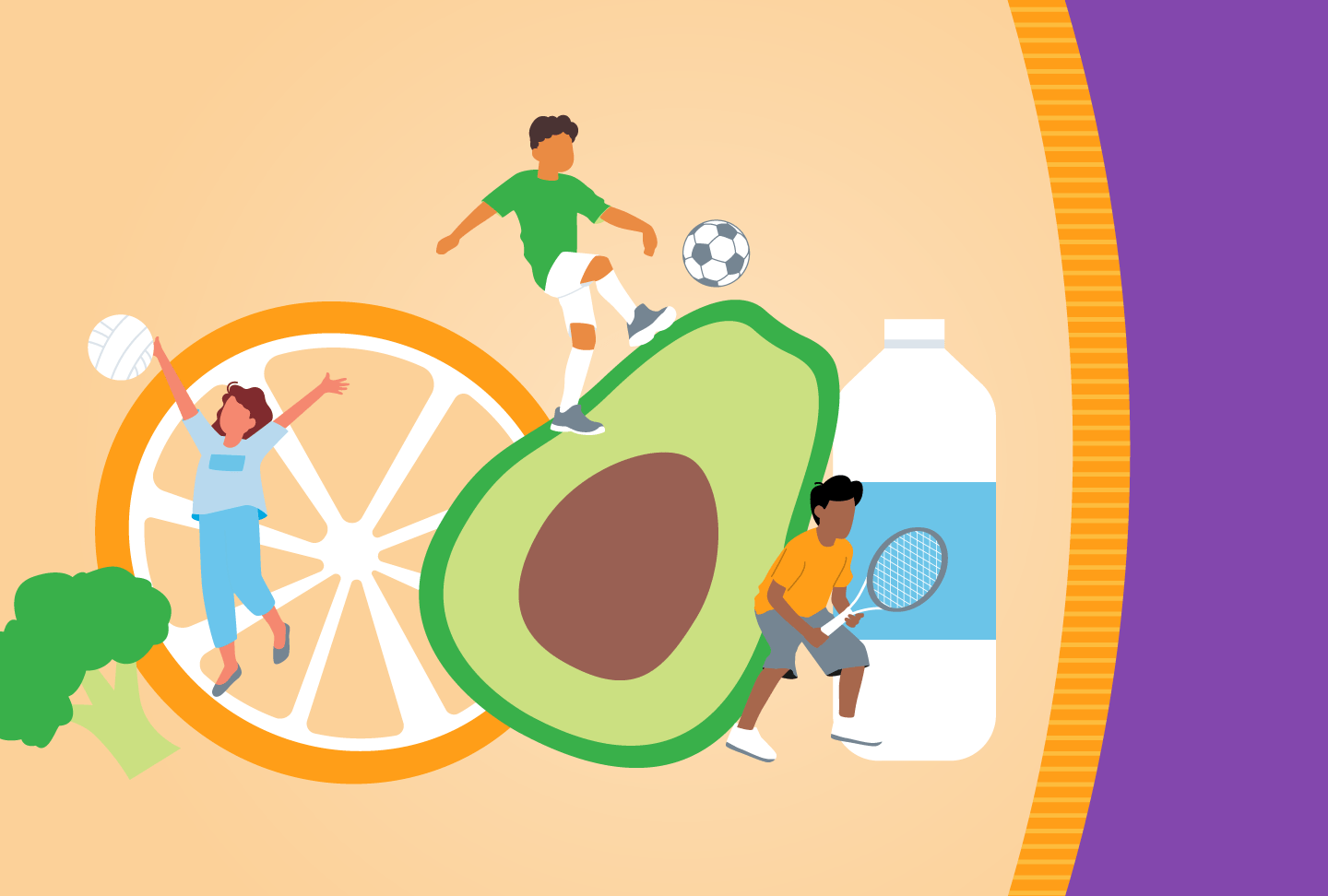The history of orthopedic surgery is mankind’s attempt to make straight that which is crooked. The advent of anesthesia made it possible to use surgery to break bones and re-align them without undue pain. But the art of correcting deformities caused by abnormal growth or trauma has taken hundreds of years to advance to its current form. The most important observation—made incidentally by multiple surgeons, but most famously by Gavrill Ilizarov during the 1950s in the Soviet Union—was that a broken bone, if pulled apart with appropriate timing and stress, can form new bone.
This discovery came with years of painstaking research and trial and error in order to effect techniques that would allow for gradual correction of limbs that were bent, short or otherwise deformed. Initially, external fixator apparatus were used to manually manipulate the bone with daily turns of a crank, which involved mathematical calculations and equations that lacked precision when applied to the individual case. Gradually, these methods evolved to incorporate automation, modern computing and more biologically friendly surgical techniques. Newer devices allowed for the distraction pressure to be applied inside the body rather than outside in select cases, making the process of correcting limb alignment problems less cumbersome to patients.
Limb lengthening and deformity correction has always been a powerful yet technically difficult procedure, making it a smaller and less-utilized area of orthopedics. But the ability to correct errors of genetics or nutrition or deformities from trauma or infection is nothing short of magical—and magic requires study, practice and dedication to perform correctly. Distraction osteogenesis techniques are often applied to problems that are intractable by other, more commonplace means. Practitioners of the art enjoy the unique challenges presented and the potential to affect patients’ lives for the better. It is not always easy or simple, but the reward of helping others is the driving force behind the effort.
Subspecialty training in the area of limb lengthening and deformity correction is now available in the United States at several centers. A subspecialty society, the Limb Lengthening and Reconstructive Society (LLRS) provides educational opportunities with meetings and traveling fellowships. Orthopedic surgeons who have taken advantage of the society’s training and membership are often those most committed to learning the art and science of limb deformity correction. The Orthopedic Trauma team at Wellstar Kennestone Regional Medical Center includes physicians who have undergone this training and enjoy being a resource for patients and the orthopedic surgery community at large when it comes to limb deformities, difficult malunions or nonunions, infections requiring bone transport and other complicated cases. At Wellstar, modern techniques using both external fixation and computer-assisted guidance allow limb deformity correction to occur with minimal patient discomfort or manipulation of complex apparatus. Internal techniques are also used, including lengthening nails that allow the limb to be lengthened or straightened, replacing the need for a cumbersome external fixator.
Complications from orthopedic surgery often require unique solutions. Infected joint replacements, infected bone that requires removal (osteomyelitis) and bone loss resulting from severe trauma are all conditions that can be treated with modern limb lengthening and deformity correction techniques. The physicians specializing in these techniques are happy to consult over the phone with other physicians who need assistance in these complex situations, as well as share their expertise with patients during in-person consultations. The desire to provide world-class healthcare defines the individuals who make up the Orthopedic Trauma division at Wellstar. There are few orthopedic problems that they are not eager to try to solve, and they are always willing to learn the newest techniques in order to improve the lives of those who believed their cause was lost.




